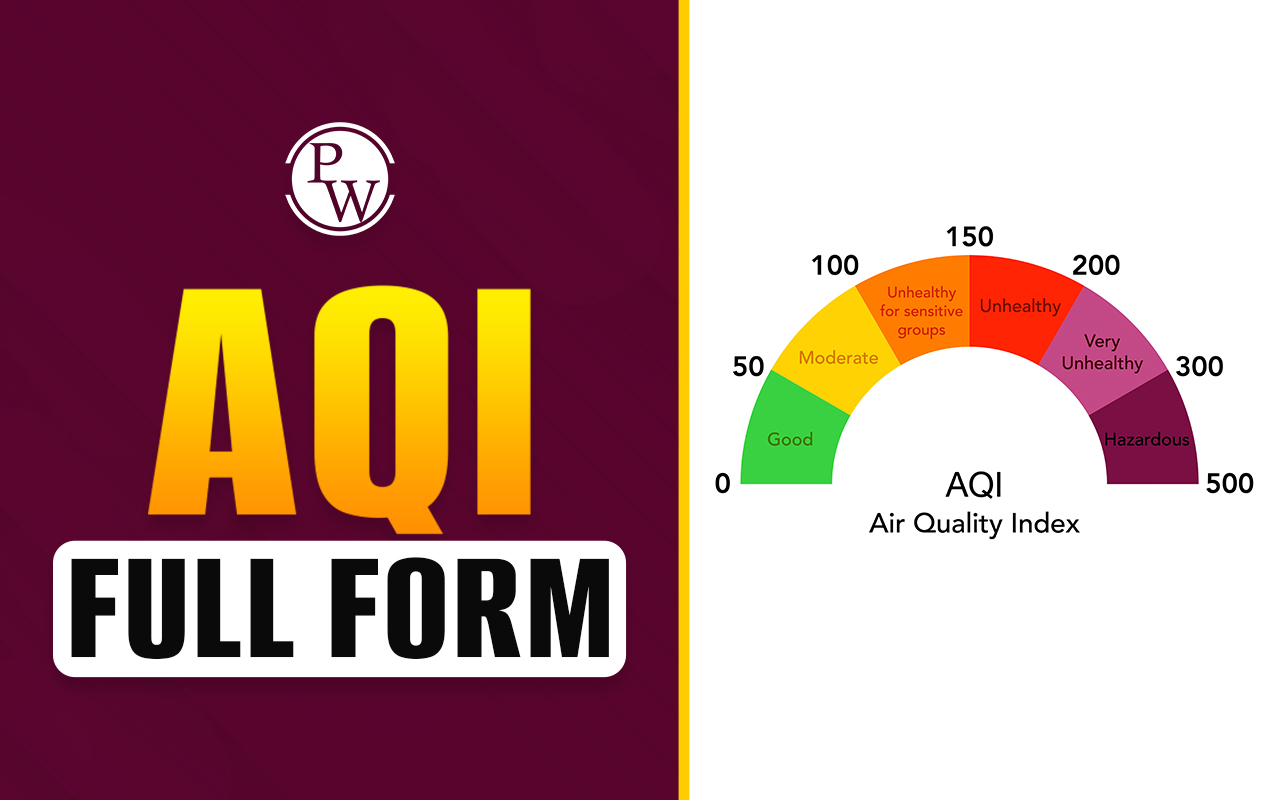

PTR 100 full form is the Principal, Rate of interest and the total time for which the loan is taken, the product of these are divided by 100. PTR 100 formula is one of the important concepts in the Simple Interest chapter. This chapter appears in standard 7th in the Mathematics subject. It finds a wide application in the finance industry as well for calculating the total interest and EMI.
What Does PTR 100 Mean?
PTR 100 is the formula of Simple Interest. It is used to calculate the simple interest accrued on a principal amount that is lent to anyone for a certain period of time. In PTR 100, P stands for Principal, T stands for Time and R stands for the rate of interest. The product of all three is divided by 100 to estimate the overall simple interest a candidate has to pay back to the organisation.
For illustration, if a person borrows 10,000 from a bank for 5 years at the rate of 10% interest. In this case, the interest can be calculated using the SI formula PTR 100. Like, For 10,000 x 5 x 10 = 5,00,000, this product has to be divided by 100. The final value of Rs 5000 is the simple interest that a candidate has to pay along with the principal amount.
What is the Application of PTR 100?
PTR 100 is a commonly used formula by the financial institution to calculate the interest that has to be paid by them to the borrower. This formula is taught to the students in standard 7th. This formula also finds an application in the calculation of compound interest as well.
Uses of PTR 100 in Different Areas
PTR 100 is one of the important formulas in General Mathematics. It has a lot of applications in academics and financial institutions. Here in the section below you can find the prominent uses of PTR 100:
Academics
- PRT 100 finds its application in the Maths textbooks from classes 6 to 10
- It is one of the important concepts asked in popular competitive examinations like IIT JEE, NEET, CUET etc
- PRT 100 is also a prominent concept for government job-related competitive exams like UPSC, Banking, SSC, and state-based examinations
- This formula is also relevant to the basic Science olympiads, Mathematics olympiads conducted from time to time
- The aptitude tests conducted during the placement session also find the application of PRT 100
Financial Institutions
- PTR 100 is used by banks to calculate the overall interest a person has to pay while paying back the loan. Also, the rate of interest availed under this is fixed and will not change, irrespective of the market fluctuations.
- The EMI that has to be paid every month by the concerned person is calculated using the PRT 100 formula by the concerned authorities.
- The interest rate thus calculated using PTR 100 is used by the authorities who issue certificates of deposits.
- The consumer loans by financial associations also resort to using the PRT 100 to calculate the interest rate.
[wp-faq-schema title=" Full Form of PTR 100 FAQs" accordion=1]
What is the PRT 100 full form?
What does P in PRT 100 stand for?
What is the use of PRT 100 in academics?
Is there any use of PRT 100 in other fields?












